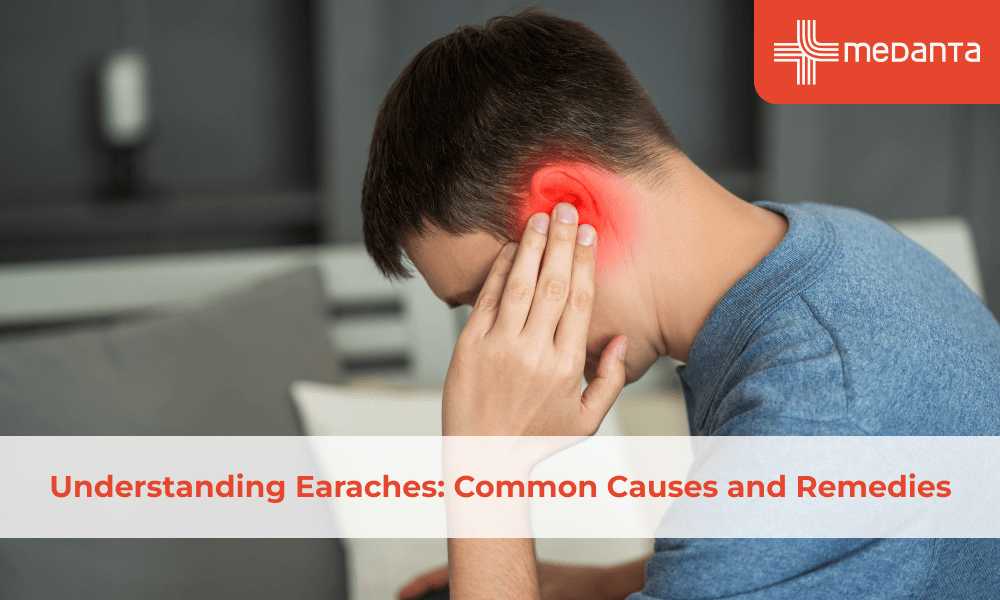How to deliver first aid to someone suffering a heart attack?

When the blood flow to the heart muscle is suddenly cut off, a heart attack occurs. The obstruction prevents the heart from pumping blood efficiently.
Chest pain from a heart attack typically lasts longer than 15 minutes. While some people only have little chest pain, others experience more severe agony. Although some patients have no chest pain or pressure at all, the discomfort is frequently characterised as pressure or heaviness in the chest. Women frequently experience more nebulous symptoms like nausea or back or jaw pain.
Heart attacks can come on unexpectedly, but many patients experience warning symptoms hours or days beforehand.
Symptoms
- Pain or discomfort in the chest (developing gradually or quickly)
- Discomfort or constriction in the jaw, neck, or both
- Stomach pain, heartburn, indigestion, or nausea
- Constrictive, thick, or pressure-like chest pain are possible symptoms
- Breathing difficulties and palpitations
- Arms, especially the left arm, shoulder blades, and back pain
- Dizziness, lightheadedness, and fainting
First aid
A heart attack is a significant medical occurrence that can have life-altering effects and even result in death. It's crucial to educate yourself about cardiac arrest risk factors and take all necessary precautions if you or someone you know is in danger.
- Ensure that the patient is in a comfortable position to reduce the stress on their heart. The best position is on the floor, with the legs bent and the head and shoulders supported, leaning against a wall.
- The garments about their neck, chest, and waist should be let out. For instance, take off their tie and unbutton the top button if they are wearing a tie.
- While awaiting emergency assistance. Aspirin prevents blood clotting in the body. It could lessen heart damage if taken during a heart attack. If you have an allergy to aspirin or if your doctor has advised you not to use aspirin, avoid taking it.
- Help the patient take the medication if it has been prescribed for a cardiovascular problem.
- If someone is unconscious, perform CPR. After you've called for emergency assistance, start CPR if the person isn't breathing or you can't feel a pulse.Push firmly and quickly on the person's chest in a pretty quick cadence (about 100–120 compressions per minute).
Chest Compressions
Place the heels of your hands, one on top of the other, in the centre of the patient's chest, and weave your fingers together. Straighten your arms, keeping your shoulders level with your hands. By pressing firmly and quickly, compress the chest by at least 2 inches. With few breaks, compress at least 100 times each minute. Before pressing down once more, let the patient's chest fully rise. A trained person or medical assistant should only take over if the patient starts breathing normally again, if you are too weary to continue correctly, or if an automatic external defibrillator (AED) is available.






